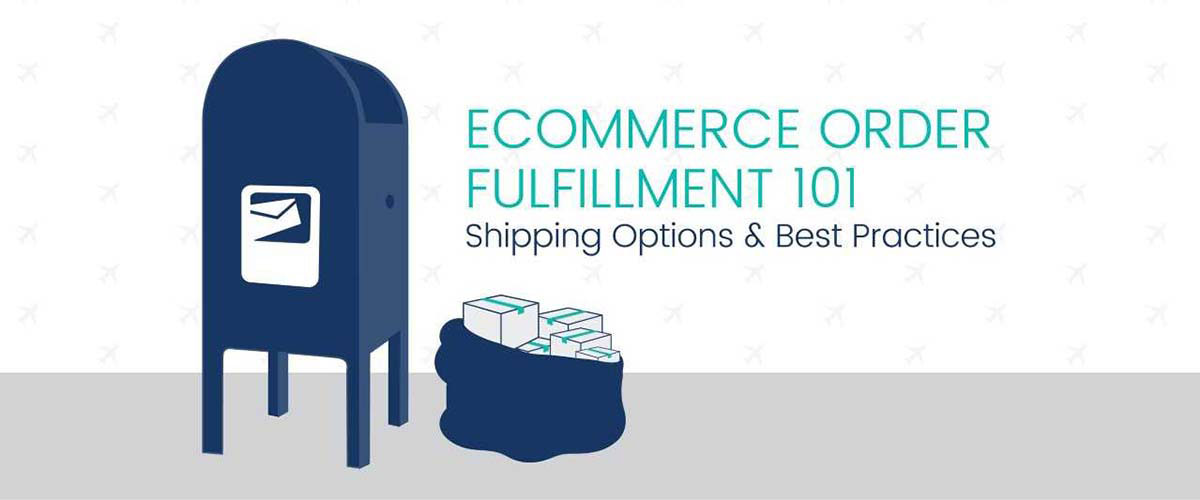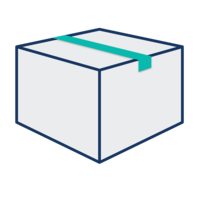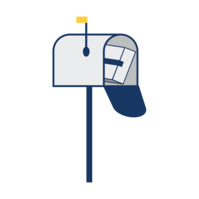Your customers’ experience doesn’t end after they check out on your online store.
Shipping plays a huge role in customer satisfaction and perception of your brand. And in the age of Amazon Prime, shoppers’ expectations have never been higher:
- 53% of consumers say that speed of delivery is an important factor when it comes to evaluating their online orders.
- A quarter of shoppers have entirely canceled an order because of slow delivery speeds.
- More than half of shoppers in the US have abandoned an order because delivery was too expensive.
If you are an e-commerce business owner, order fulfillment is an integral part of your operations. This article will give you a solid foundation in the basics of order fulfillment — and give you a head start on choosing the right shipping strategy for your e-commerce store.
What is order fulfillment?
E-commerce order fulfillment refers to the picking, packing, and shipping of online orders to the end customer. There are several different order fulfillment options for online business owners. Since no two e-commerce businesses are exactly the same, the fulfillment strategy that works for you may not be the right choice for your competitor. The most common methods include fulfilling orders in-house, dropshipping, and outsourcing to a third-party logistics (3PL).
Fulfilling orders in-house
Shipping orders in-house refers to completing every part of the fulfillment process without the help of a third party. For smaller e-commerce companies, this means storing inventory and packing and shipping orders from home. Larger retailers may choose to invest in their own fulfillment infrastructure, including warehousing, labor, equipment, and more. This can be an expensive endeavor, which is why many growing e-commerce businesses choose to partner with a 3PL when they outgrow fulfilling from home.
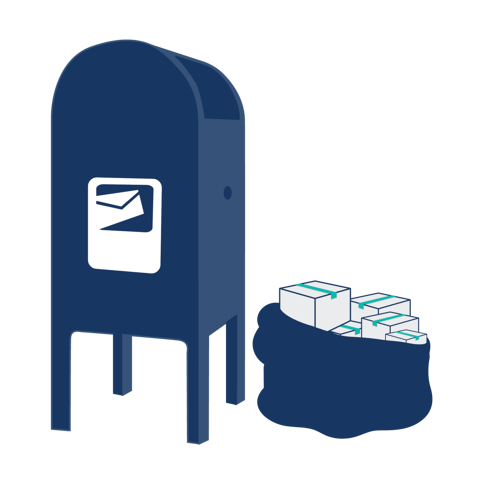
Dropshipping
Dropshipping is an e-commerce order fulfillment model in which inventory is produced and stored by the manufacturer. When a customer places an order, the product is shipped from the manufacturer directly to the end consumer — e-commerce retailers never hold the product, and no third-party shipping partner is involved. While dropshipping can minimize a retailer’s involvement in the fulfillment process, saving time and potentially money, it also prevents sellers from having control over the shipping experience. This means that orders can be delayed or ship slowly — especially when the manufacturer is located in a different country than the end consumer.
Outsourcing to a 3PL
Third-party logistics refers to the outsourcing of e-commerce logistics, including inventory management, picking, packing, and shipping. 3PLs take care of the fulfillment-related tasks that can often be too costly and unproductive to manage in-house, including inventory management, packaging, shipping, and returns management. Outsourcing to a 3PL is a great choice if you no longer have the time or space to ship all of your orders yourself. This option can free up time to allow you to focus on growing your business through strategic tasks like product development and crafting your marketing strategy.
The order fulfillment process
There are a few key steps that make up the order fulfillment process. For this example, let’s assume that you’re working with a 3PL to fulfill orders for your online store.
Picking
Once a customer places an order, the fulfillment process begins. When your 3PL receives an order from your store, a picker receives a packing slip of the quantities and storage locations of each product ordered and collects the items.
Packing
Next, the order will be securely packed and made ready to ship. Some 3PLs will charge for packing materials as a separate line item, while others include them as part of their services.
Shipping
Next, your 3PL will ship the order. You may need to supply your own shipping label, though many 3PLs purchase and print postage on your behalf. Shipping costs depend on several factors, including the carrier, shipping speed, and distance involved.
The designated carrier then pick up orders from the 3PL’s fulfillment centers to ship. Once the order ships, your 3PL will send tracking information that can be forwarded to your end customer.
Returns
When planning for fulfillment, returns can often get overlooked — but they’re an integral part of your customer experience. If a customer ships a return to your 3PL, the return is processed, then restocked or disposed of depending on the condition and your preferences.
Order fulfillment best practices
38% of customers are likely to never shop with a retailer again following a negative delivery experience. Whichever fulfillment option you choose, here are some tips for making the most of your store’s order fulfillment.
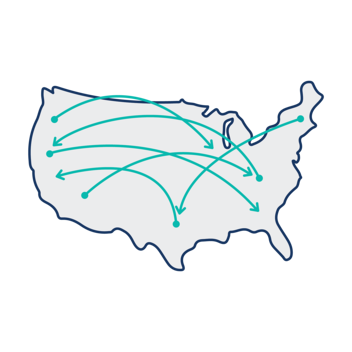
Fast, affordable shipping
First and foremost, make sure that your customers receive their orders quickly and affordably.
86% of shoppers abandon their carts because of the cost of shipping, while 90% of consumers say free shipping is the top incentive to shop online more often.
Easier said than done, right?
Luckily, partnering with a 3PL can help you make your shipping faster and more affordable. 3PLs often have relationships with major carriers that translate to bulk discounts on shipping. In addition, many 3PLs allow you to store your inventory in fulfillment centers near your end customers. This reduces the number of shipping zones that each package has to travel. Using ground shipping instead of expensive expedited air shipping makes attractive options like 2-day shipping more affordable.
To offer free shipping, you have a couple of options to avoid losing money. Many online stores set a minimum order requirement in exchange for free shipping. You can also build the cost of shipping into the listed product prices. This gives the illusion of free shipping while still covering costs on your end.
Transparency
Trust is incredibly important in e-commerce; if customers don’t trust you, they won’t buy from you.
Make sure that you provide clear delivery date estimates and tracking information to your customers. Many 3PLs offer a complete view of each order’s journey from the moment it’s placed online to the moment it is delivered. Some integrations allow you to automatically pass tracking information along to your customers.
If customers ask you questions about their order status, give them the information they need confidently and quickly. This helps you maintain transparency and build customer trust.
Brand experience
Finally, make sure that your brand experience carries through to shipping and delivery. Receiving a package is often the first in-person experience a customer has with your brand, so your packaging should make an impression. Create a consistent, cohesive brand experience by including your brand on and in your shipments.
If you outsource shipping, you can choose a fulfillment provider that allows you to use custom boxes and inserts. Custom-printed boxes that appeal to your customer base can enhance brand awareness and leave a lasting impression on your customers.
It’s worth noting that custom packaging can be cost-prohibitive for smaller e-commerce businesses. In that case, make sure that the boxes and tape are unbranded rather than printed with a carrier or marketplace’s logo or brand.
Next steps
Now that you know a bit more about e-commerce order fulfillment, you’re ready to start providing a great shipping experience for your customers. Make sure that you’re including any shipping offers or promotions — like free shipping or 2-day options — in your digital marketing efforts. More shoppers realizing you offer competitive shipping options can mean more buyers, higher conversions, and fewer abandoned carts.
If you’re considering outsourcing order fulfillment to a 3PL, check out ShipBob. ShipBob is an e-commerce fulfillment partner of Logical Position that empowers businesses of all sizes to offer 2-day shipping and maintain control over inventory, orders, and shipments.
